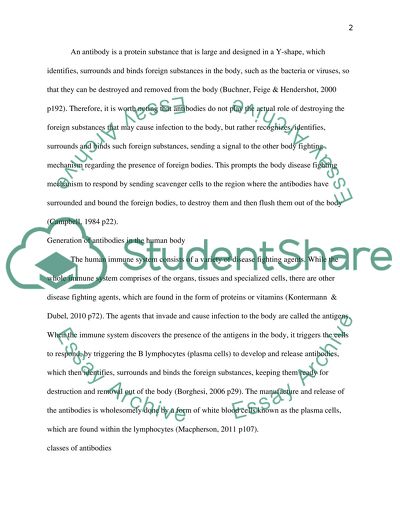Cite this document
(“What Is An Antibody Antibodies And The Immune System Essay”, n.d.)
What Is An Antibody Antibodies And The Immune System Essay. Retrieved from https://studentshare.org/health-sciences-medicine/1469189-what-is-an-antibody
What Is An Antibody Antibodies And The Immune System Essay. Retrieved from https://studentshare.org/health-sciences-medicine/1469189-what-is-an-antibody
(What Is An Antibody Antibodies And The Immune System Essay)
What Is An Antibody Antibodies And The Immune System Essay. https://studentshare.org/health-sciences-medicine/1469189-what-is-an-antibody.
What Is An Antibody Antibodies And The Immune System Essay. https://studentshare.org/health-sciences-medicine/1469189-what-is-an-antibody.
“What Is An Antibody Antibodies And The Immune System Essay”, n.d. https://studentshare.org/health-sciences-medicine/1469189-what-is-an-antibody.


